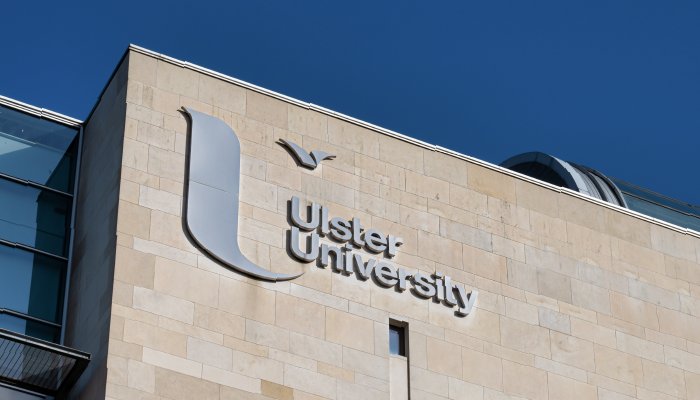
Credit: AdobeStock.com
From new IOLs, workflow innovations, and acquisitions to the ocular benefits of oily fish, there are the news stories and studies that caught our attention this week…
ZEISS at ESCRS. ZEISS will be showcasing their latest cataract and corneal refractive workflow innovations at ESCRS in Barcelona this weekend. Among their products featured at the conference will be their ZEISS SMILE pro technology, their ZEISS ARTEVO 750 and ZEISS ARTEVO 850 ophthalmic microscopes, and their (pending CE mark) CIRRUS PathFinder AI tool. Link
Thirona Retina acquisition. Thirona – a global company specializing in advanced analysis of medical lung images using AI – is to divest its ophthalmic spinout company, Thirona Retina, to Revenio Group Corporation’s subsidiary, Icare Finland Oy, the company behind the iCare COMPASS. Utilizing its patented AI-driven RetCAD technology, Thirona Retina is focused on developing innovative screening techniques for diabetic retinopathy (DR), age-related macular degeneration (AMD), and glaucoma. Link
New monofocal IOLs. Global ophthalmic medical device company, BVI Medical, will launch their non-diffractive SERENITY and SERENITY Toric Premium Monofocal IOLs at ESCRS 2024. The two IOLs are the second generation of BVI’s original ISOPURE premium monofocal IOL launched in 2019. SERENITY and SERENITY Toric will have full commercial availability in CE-accepting markets in 2025. Link
Improving cataract assessments. Adding optical coherence tomography (OCT) imaging to standard clinical assessments of the crystalline lens could help improve grading precision and decision-making for cataract assessments, says a new Ophthalmic and Physiological Optics study from the National Institute for Health & Care Research (NIHR) Biomedical Research Centre and Ulster University. Link
DMI algorithm. A Kyoto University Graduate School of Medicine study of 301 patients with diabetic retinopathy (DR) analyzed the capillary nonperfusion areas using OCT angiography (OCT-A), employing dimensionality reduction techniques to map out the OCTA data into a two-dimensional space to class severity of diabetic macular ischemia (DMI). This innovative scale aims to improve understanding of DMI progression and its impact on vision, as well as potentially guiding more targeted treatment approaches to the disease. Link
Food for thought. Using a two-sample Mendelian randomization approach, a new TVST study conducted by the Beijing University of Chinese Medicine has indicated that increased consumption of fish that is rich in omega-3 fatty acids, such as salmon and tuna, could reduce the risk of developing age-related macular degeneration (AMD). The study highlights the protective effects of these types of fish, emphasizing how dietary interventions could hold potential significance for future AMD prevention. Link
